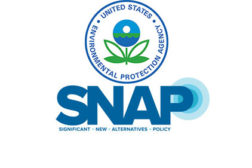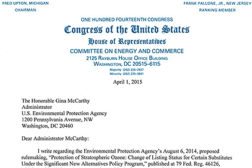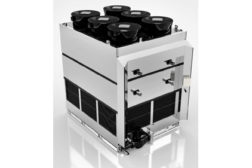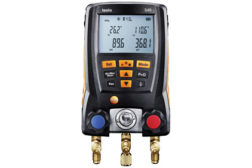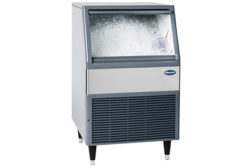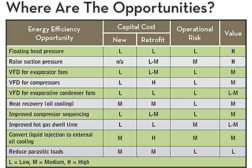Refrigeration
Congressman Questions the EPA about HFCs
US Representative Voices Concerns About Proposed Restrictions
Read More
May 12, 2015: Standex Reorganizes Refrigerated Solutions Group
Five Receive Promotions
May 12, 2015
May 7, 2015: Reclamation of HFC Refrigerants Can Eliminate Billions of Tons of Greenhouse Gases
EOS Climate Releases White Paper Analyzing Climate Impact of HFC Refrigerants
May 7, 2015
The Professor: Cooling Capacity Conundrum
Sly Sleuthing Solves a Supermarket Service Scenario
Read More
Ice Breaker: A Refrigeration Tech’s Guide to Saving Energy
Use Repair Calls to Diagnose and Improve Efficiency
Read More
Industrial Refrigeration: Big Systems Equal Big Opportunities
Ten Tips to Increase System Efficiency
Read More
Copyright ©2025. All Rights Reserved BNP Media.
Design, CMS, Hosting & Web Development :: ePublishing
